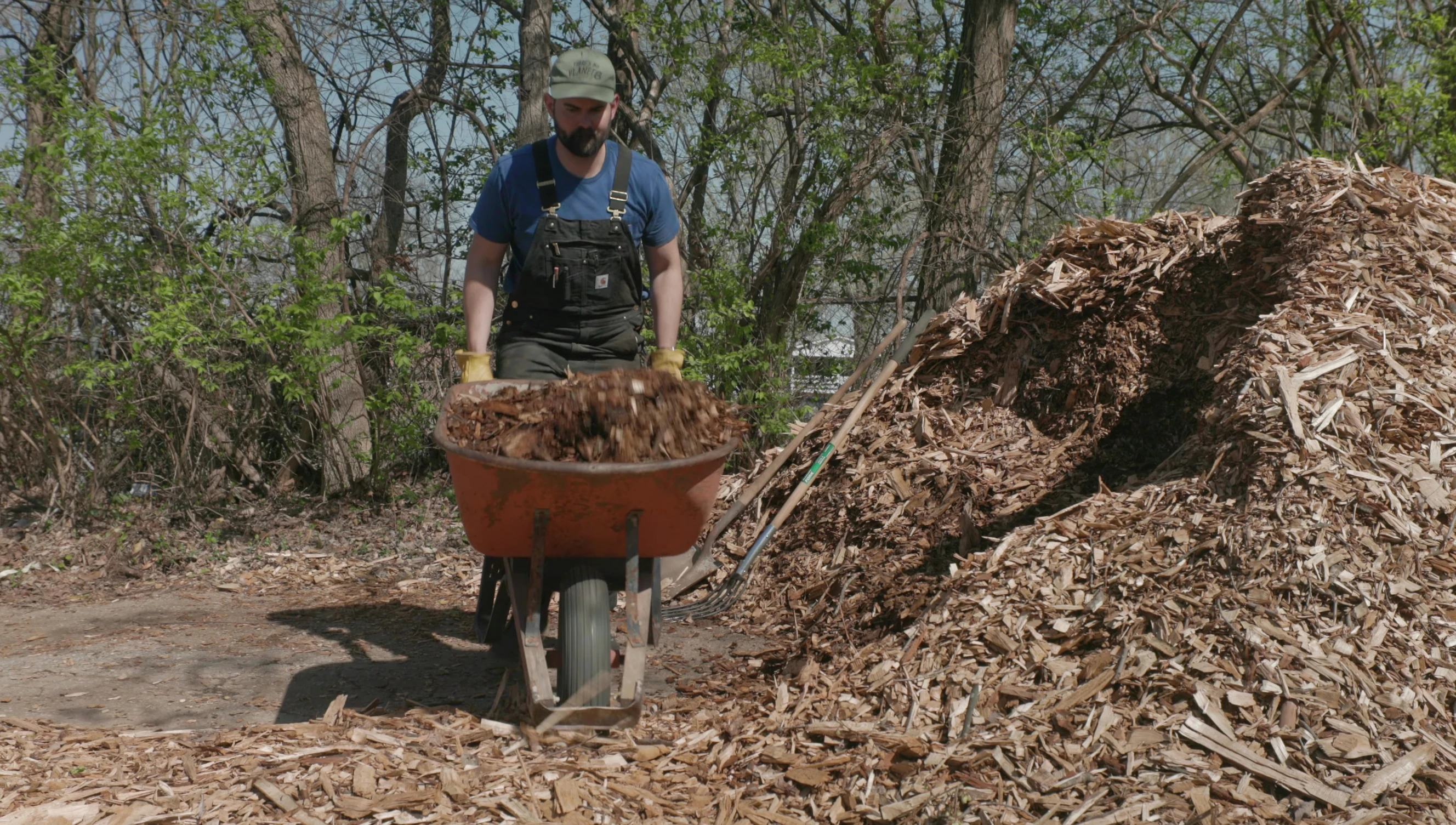This article details a comprehensive experiment exploring the feasibility of cultivating potatoes solely within wood chips. Four distinct methods were employed, comparing the use of fresh and aged wood chips (with and without potash additions), a blend of composted wood chips and soil, and a control group planted traditionally in the ground with wood chip mulch. The experiment aimed to investigate whether wood chips, which theoretically release nitrogen during decomposition, could provide a suitable growing medium for potatoes, a crop with moderate nitrogen needs. Organic baby potatoes were used to eliminate potential growth inhibitors found in conventional varieties.The experiment meticulously tracked plant growth and yield across all methods. Grow bags facilitated easy monitoring and comparison between treatments. Findings reveal a significant disparity in potato production between the grow bag methods and the traditional ground-planted control group. This comparative analysis highlights the importance of various factors impacting potato cultivation, ultimately informing the practical viability of using wood chips for potato farming.
Pros And Cons
- Significantly better yield than potatoes grown in grow bags with wood chips.
- Many potatoes harvested
Read more: 10 Best Commercial Charcoal Grills: A Buyer's Guide
Experiment Setup: Four Methods
This experiment aimed to determine the viability of growing potatoes in wood chips. Four different methods were employed using grow bags for easy monitoring and separation:

Method 1: Fresh wood chips. Method 2: Aged wood chips with varying amounts of potash. Method 3: A mix of composted wood chips and soil. Method 4: A control group of seed potatoes planted traditionally in the ground and mulched with composted wood chips.

The rationale behind using wood chips stemmed from the fact that potatoes don't require large amounts of nitrogen, and aged wood chips theoretically release nitrogen as they decompose.
Potato Preparation and Planting
Organic baby potatoes were chosen to avoid growth inhibitors sometimes found in conventional potatoes.

The potatoes were allowed to sprout before planting to ensure successful growth. Each grow bag was planted with the appropriate mixture, and the control group was planted traditionally in the ground.

Growth and Harvesting
The potatoes were monitored weekly. The plants in the grow bags showed varying levels of success.

Harvesting occurred when the plants began to die back, ranging from still green to completely yellowed and withered. The ground potatoes, meanwhile, were progressing well.
Results and Analysis
The grow bag results were mixed. The fresh wood chip bag yielded only three small potatoes, a significant decrease from the initial seed weight.

Aged wood chips with potash showed more success, but still yielded relatively low potato counts.

The composted wood chip and soil mix showed better results than wood chips alone but still underperformed compared to the ground plants.

Ground Potato Results & Conclusion
The control group, planted in the ground and mulched with aged wood chips, yielded significantly more potatoes than any of the grow bag methods.

This suggests that ground contact is crucial for successful potato growth, even when using wood chips as mulch. The wood chips likely aided in moisture retention and weed suppression.
While growing potatoes solely in wood chips within grow bags proved largely unsuccessful, mulching ground-planted potatoes with wood chips yielded excellent results.
